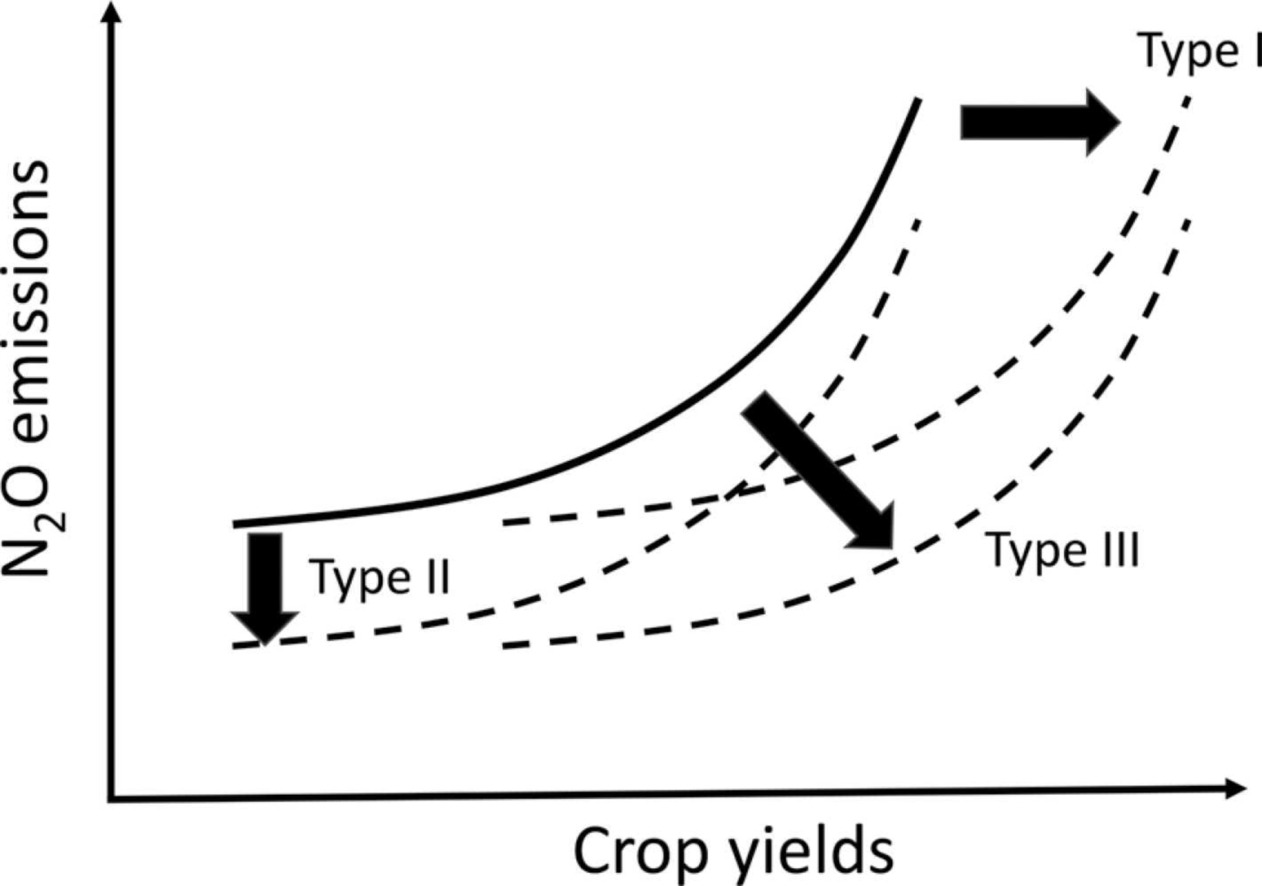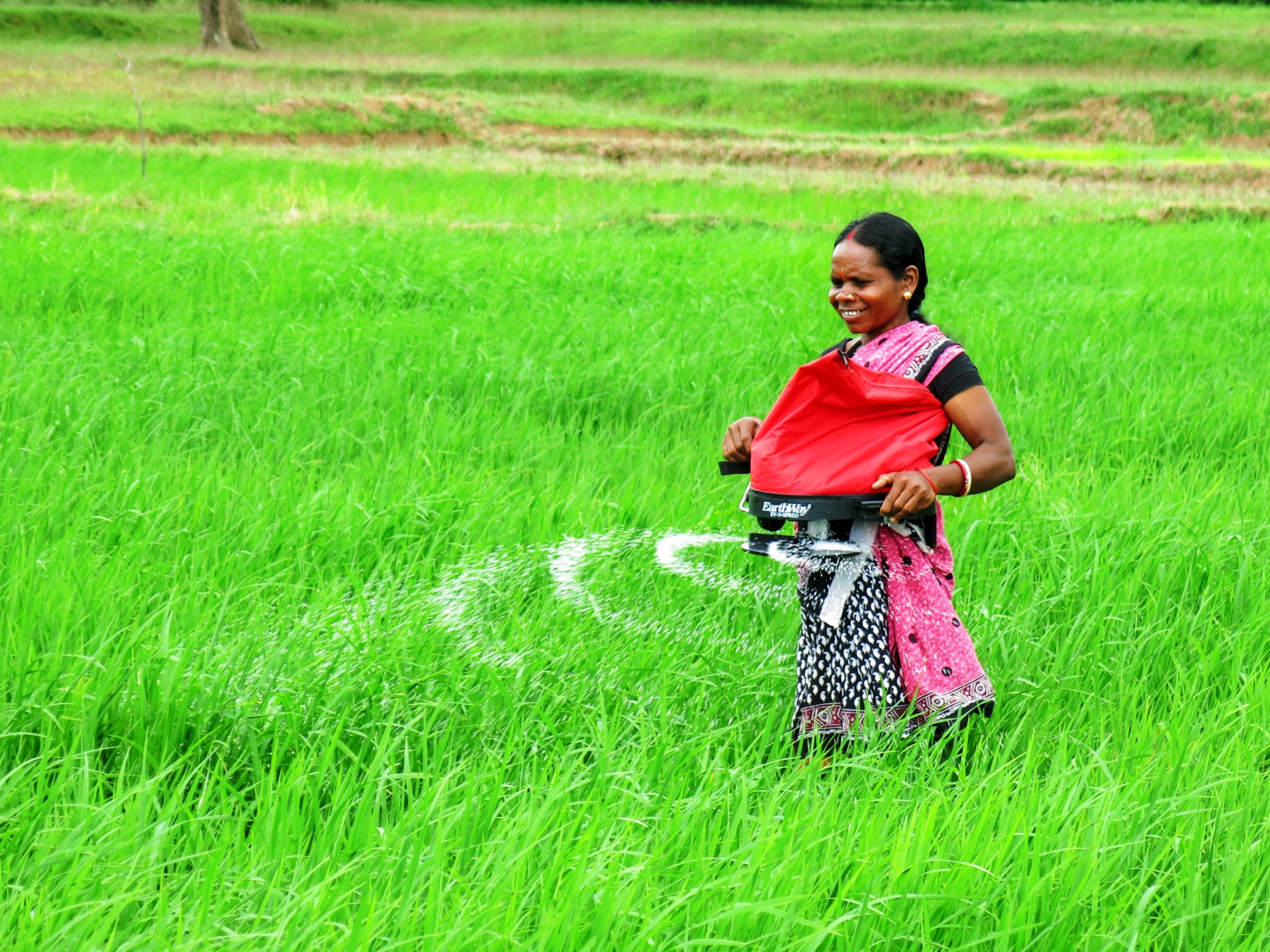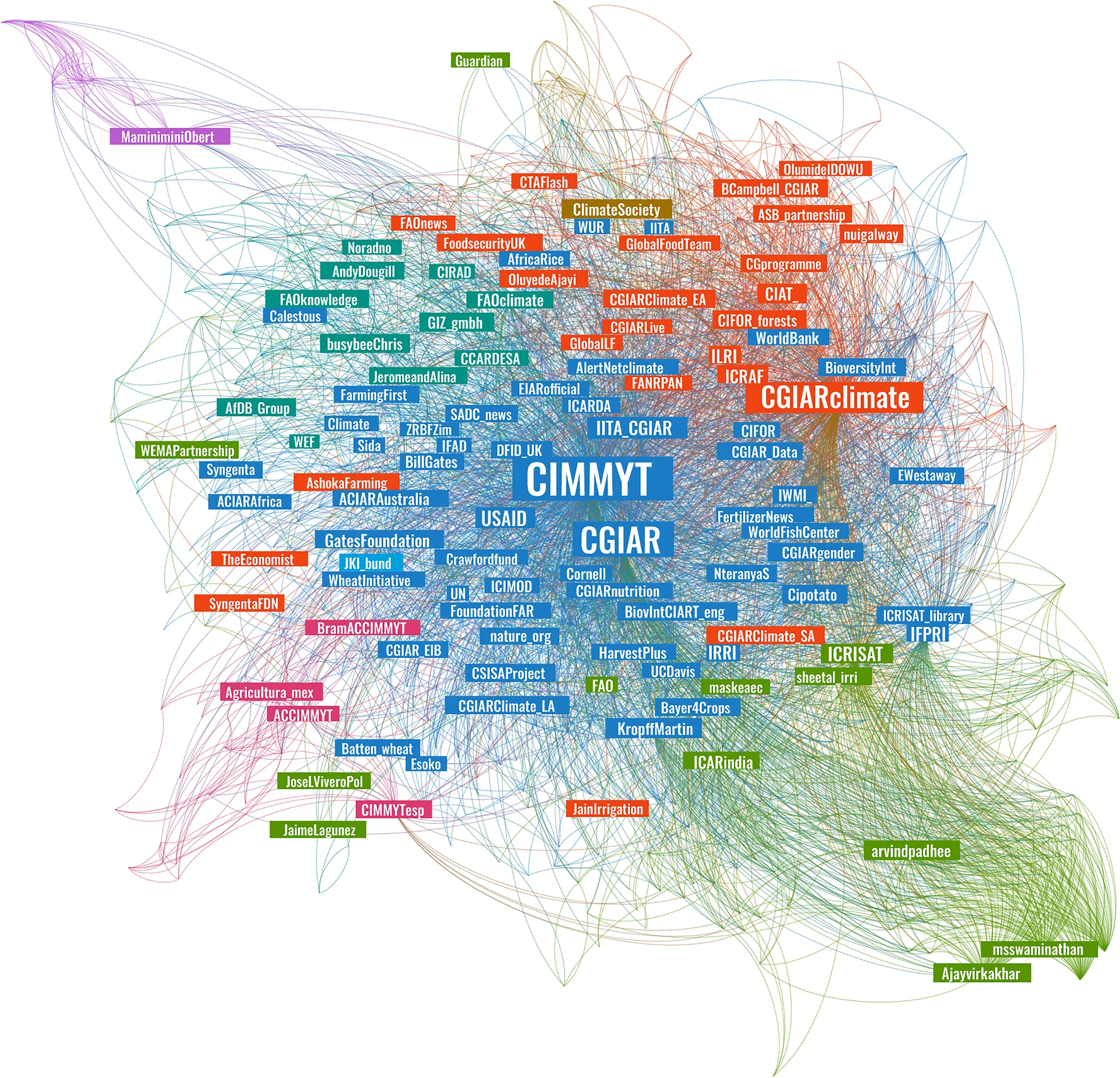Use of fertilizer nitrogen (N) in farming is essential for food production but also contributes to climate crisis through GHG emissions. Synthetic nitrogen fertilizer accounts for 2.4 percent of global emissions, while its supply chain accounts for 21.5% of the annual direct emissions from agriculture.
One potential solution for developing appropriate N management strategies is yield-scaled nitrous oxide (N₂O) emission (YSNE), which has been recognized for its potential to balance food security and mitigate emissions. Improving understanding and use of YSNE under various field conditions is an essential part of widespread adoption of this approach.
Scientist working in the Sustainable Agrifood Systems (SAS) program at the International Maize and Wheat Improvement Center (CIMMYT) together with Hawassa University, Ethiopia and Landcare Research, New Zealand assessed the relationship between N inputs and YSNE with published results and identified response patterns of YSNE to N inputs based on 1,800 observations from maize, rice and wheat crops at global scale.

A positive relationship between N inputs and YSNE was evidenced in more than 60% of the dataset across all three crops, while a small proportion had an optimum N rate that minimized YSNE. Type of crop, annual mean temperature and soil N content affected the background yield-scale N₂O emission with higher soil temperature and N content leading to higher BYSNE. The analyses suggest that YSNE can be reduced by increasing yields, by reducing N₂O emissions and both by increasing yields and reducing N₂O emissions. The results of this study suggest appropriate N management strategies, yields, and N2O emissions.
Read the full article: Understanding response of yield-scaled N₂O emissions to nitrogen input: Data synthesis and introducing new concepts of background yield-scaled N₂O emissions and N₂O emission-yield curve
Cover photo: Woman using spreader for fertilizer application in India. (Photo: Wasim Iftikar/CSISA)


 Nutrition, health and food security
Nutrition, health and food security 
